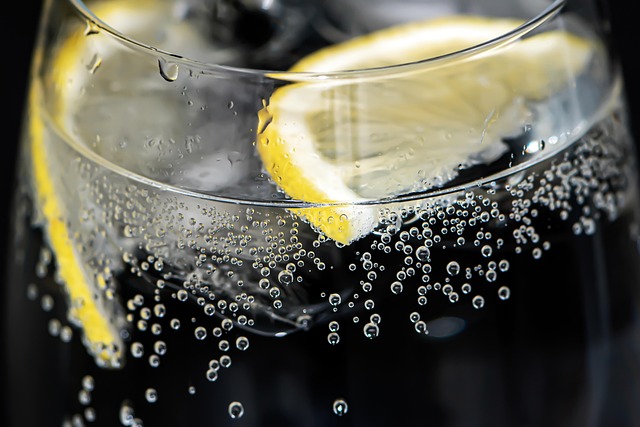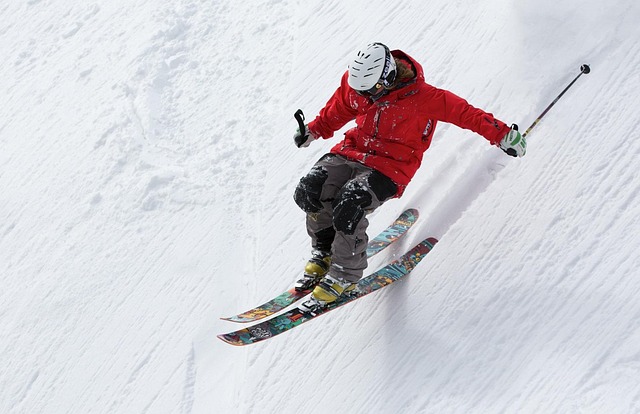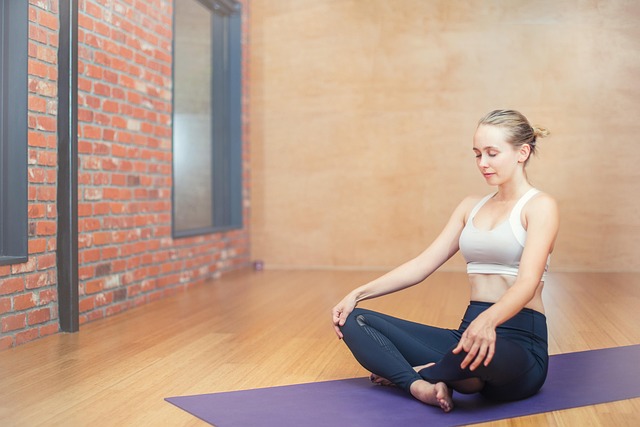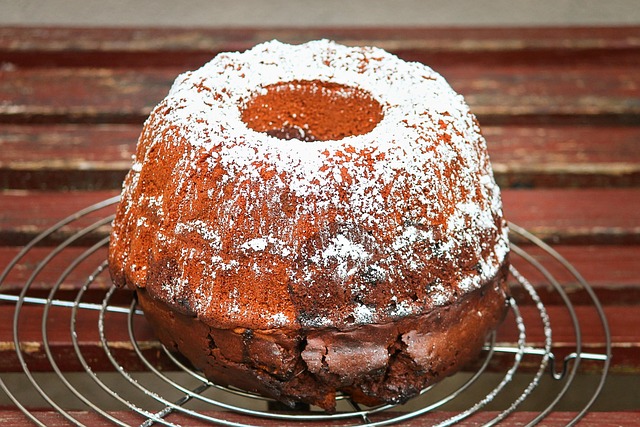Staying Hydrated: How Environmental Temperature Impacts Your Water Intake
As the temperatures rise and fall, our bodies react in ways we might not even realize. Hydration plays a critical role in maintaining our health, and it is profoundly influenced by environmental temperature. Understanding this connection is essential for anyone looking to optimize their health and well-being.
The Science Behind Hydration
When the weather gets hotter, our bodies work overtime to maintain a stable internal temperature. Sweating is one of the primary ways our bodies cool down. However, as we sweat, we are also losing valuable fluids and electrolytes. This means that our hydration needs increase in warmer environments. But conversely, during chilly months, you might not feel as thirsty, leading to unintentional dehydration.
Recognizing Thirst Signals
Do you often overlook your thirst when it’s cold outside? You’re not alone. Many people find themselves chugging water during sizzling summer days, yet neglect to hydrate adequately in winter. Keeping an eye on your body’s cues is critical, regardless of the environmental temperature. Thirst is just one signal; fatigue, dry skin, and dark urine can all be indicators that you need to increase your water intake.
Tips for Staying Hydrated
Being mindful of your hydration in varying environmental temperatures can lead to better overall health. Here are some handy tips:
- Carry a Water Bottle: Whether in the heat or the chill, having a reusable water bottle on hand reminds you to drink consistently throughout the day.
- Set Reminders: Consider setting alarms on your phone or using hydration apps to prompt you to drink, especially if you’re focused on your work.
- Infuse Your Water: If plain water isn’t enticing during colder months, try adding slices of fruits or herbs to your drink to make it more enjoyable.
- Eat Hydrating Foods: Foods like fruits and vegetables have high-water content and can contribute significantly to your hydration needs.
- Adjust for Activity: If you’re exercising outdoors, remember to drink more before, during, and after your activity, particularly in warmer temperatures.
Understanding Your Personal Needs
It’s important to recognize that everyone is different. Factors such as age, body size, and the intensity of your activities also play a role in how much water you need. By tailoring your hydration routine to your personal needs and being mindful of the environmental temperature, you can help ensure that you feel your best, no matter the season.
Stay tuned for more insightful tips on hydration and discover how you can enhance your wellness journey through proper hydration practices tailored to your environment!




